In modern home bathroom design, Overflow drains have become a standard feature for almost all high-quality sinks and bathtubs. However, many consumers are not aware of the proper function, structural differences, and safety significance of this detail when purchasing or installing it. This article will reveal the importance of overflow systems from four perspectives—functionality, safety, design, and maintenance—and analyze them in conjunction with data from the US market.
1. The core function of the overflow port
As the name suggests, the primary function of an Overflow Drain is to prevent overflow from the sink or bathtub when the water level is too high.
Taking a typical American bathtub as an example, its standard depth is about 14-20 inches, and the overflow port is usually installed 2-3 inches from the bottom. In this way, if the user forgets to turn off the faucet, water will automatically flow into the drainage system through the overflow port, preventing the bathroom from flooding.
According to the Residential Bathroom Design Standards report released by the National Kitchen and Bath Association (NKBA), approximately 12% of bathroom water damage incidents in the United States each year are caused by forgotten faucets or obstructed drainage (source: NKBA.org). Bathtubs or washbasins equipped with overflow systems can effectively avoid about 90% of such losses (source: HomeAdvisor.com).
2. Structure and Working Principle
A standard overflow system typically consists of three parts:
Overflow Opening - located on the upper edge of a bathtub or sink, typically a circular or elliptical opening.
Overflow Tube - a channel that connects the overflow hole to the main drainage pipe, typically 12-18 inches in length.
Main Drain Connection - Integrate the overflow with the central drainage system to allow excess water to flow into it.
Modern high-end bathtubs, primarily freestanding independent bathtubs, often use hidden overflow systems to maintain a minimalist aesthetic while improving drainage efficiency. These types of products often use corrosion-resistant materials (such as stainless steel or brass) and include silicone sealing rings to enhance leak-prevention performance.

3. Safety and Regulations
In the United States, the drainage system of residential buildings must comply with the relevant standards of the Uniform Plumbing Code (UPC), and the overflow system is one of its mandatory safety configurations.
For example, California building codes explicitly require that all bathtubs and fixed sinks must be equipped with spill prevention devices to prevent structural damage caused by "uncontrolled water flow" (source: up.codes).
In addition to structural safety, overflow design is also closely related to issues such as mold and slip prevention in households. Research has shown that excessive moisture from long-term water accumulation is one of the main reasons for mold growth in bathrooms, and overflow systems can significantly reduce these risks (source: EPA.gov).
4. Comparison of different types of overflow outlets
1. Traditional Overflow
This structure is the most common, with precise, visible openings that make it easy to clean and detect. Usually suitable for embedded bathtubs or countertop basins.
Advantages: Low cost and easy maintenance.
Disadvantages: The appearance is slightly traditional and not suitable for a minimalist design style.
2. Concealed Overflow
Hidden within the internal structure of a bathtub or sink, water drains through gaps or concealed channels.
Advantages: Neat and beautiful appearance, commonly seen in high-end bathroom brands such as Kohler and Duravit.
Disadvantages: Cleaning is slightly more difficult, and maintenance costs are higher.
3. Integrated Linear Overflow
Commonly seen in modern hotels and high-end residential designs, it integrates overflow outlets with drainage outlets and is often used in conjunction with waterfall-style water outlet designs.
Advantages: Efficient drainage and high aesthetic appeal.
Disadvantages: High installation requirements and expensive price.
Emerging Smart Overflow Features
With the rise of smart home technologies, some modern sinks and bathtubs now incorporate intelligent overflow monitoring systems. These systems can alert homeowners via smartphone apps when water levels approach the overflow point, automatically shutting off the faucet or sending notifications to prevent accidental flooding. According to a 2024 Statista survey, nearly 18% of US households expressed interest in upgrading to innovative bathroom features within the next 2 years (source: Statista.com). Such innovations not only enhance safety but also align with the growing trend toward connected, automated bathroom environments.
5. Key points for installation and maintenance
Although the overflow system has a simple structure, the following points should still be noted during installation:
Height control: The overflow hole should be about 2 inches lower than the highest water level in the bathtub to ensure sufficient buffer space.
Sealing inspection: Before use, test for water leakage at the silicone ring and interface.
Regular cleaning: Clean the overflow pipe with warm water and neutral detergent every 3-6 months to prevent scale buildup.
According to a report by Plumbing Manufacturers International (PMI), the average annual expenditure of American consumers on bathroom drainage system maintenance is $150- $250, with approximately 30% of that cost attributed to overflow pipes (source: pmi.net).
6. Conclusion
Although the overflow port is often overlooked as a minor component, it is an essential guarantee for bathroom safety and comfort. From preventing floods to improving durability and enhancing design aesthetics, it plays an indispensable role in modern bathroom spaces.
When making a purchase, consumers should prioritize products with compliant overflow systems based on bathroom space, usage habits, and design style.
After all, a small overflow hole may determine the overall user experience and safety of your bathroom.
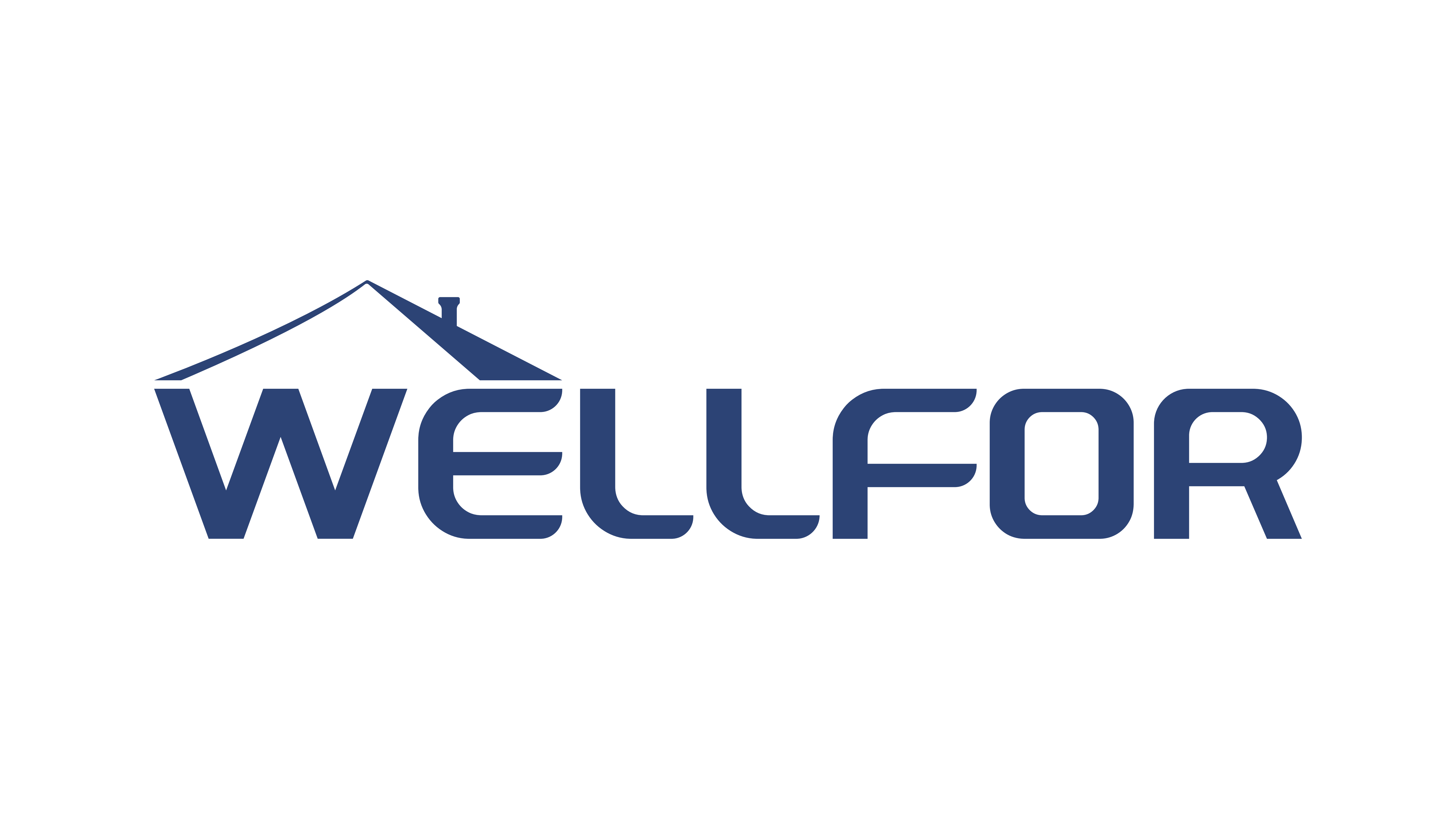
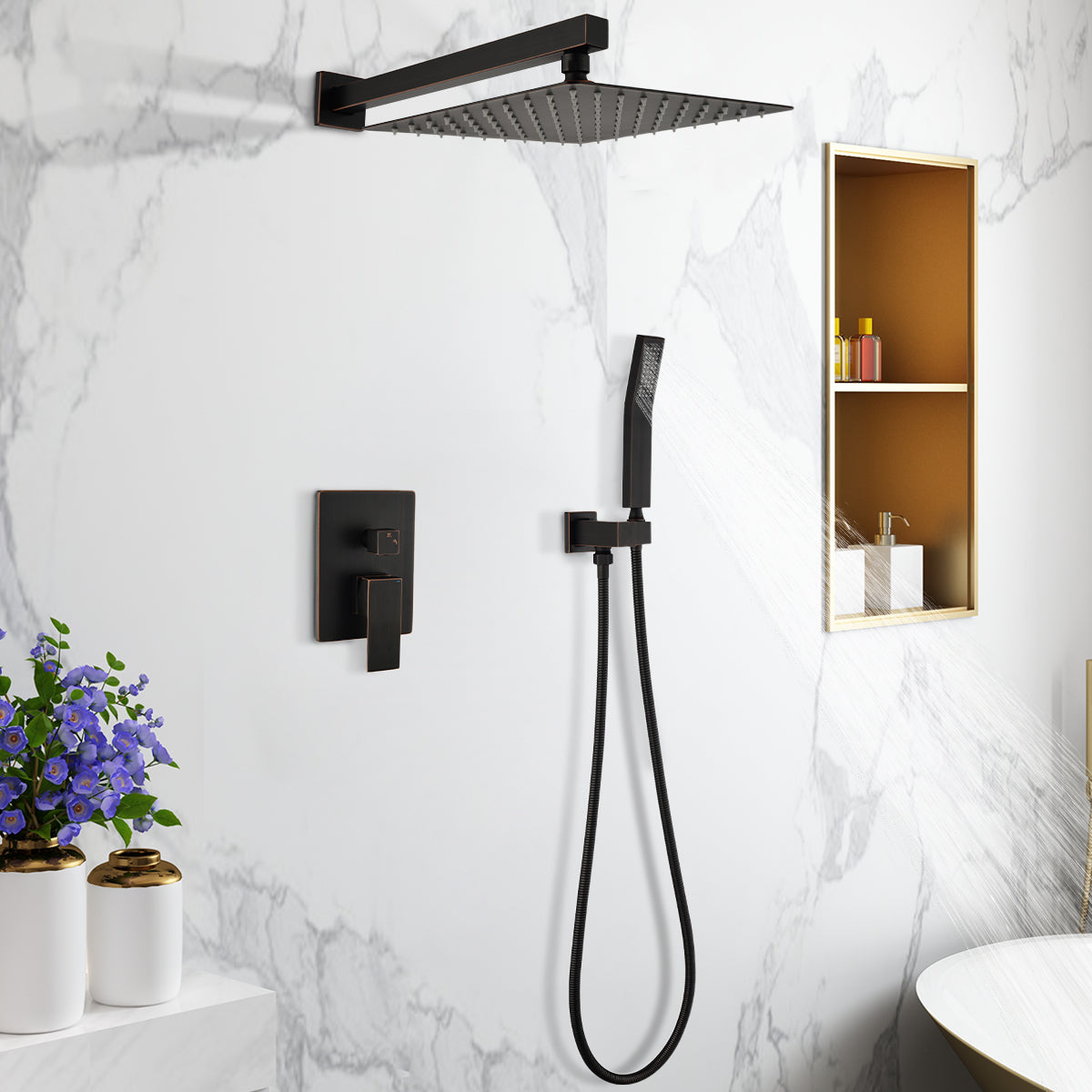






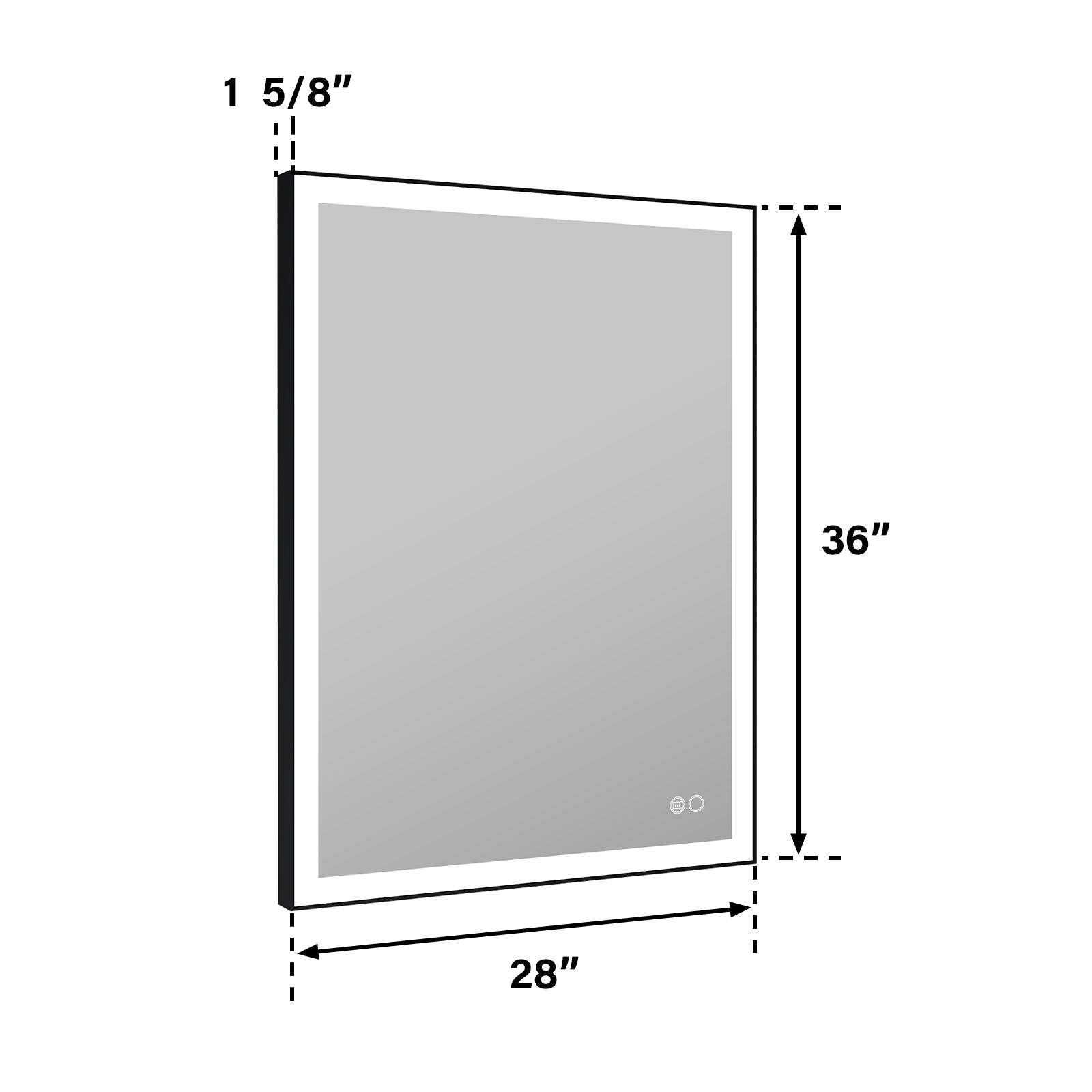
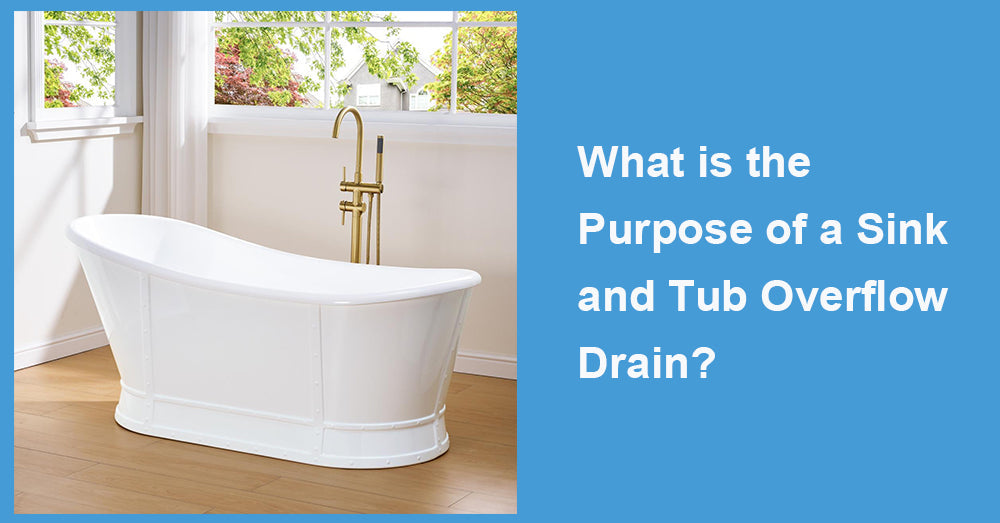

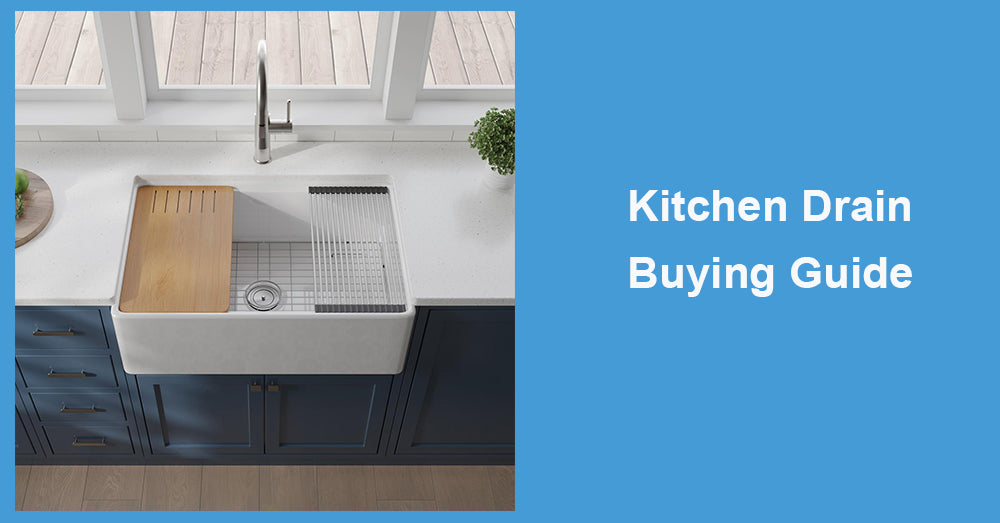
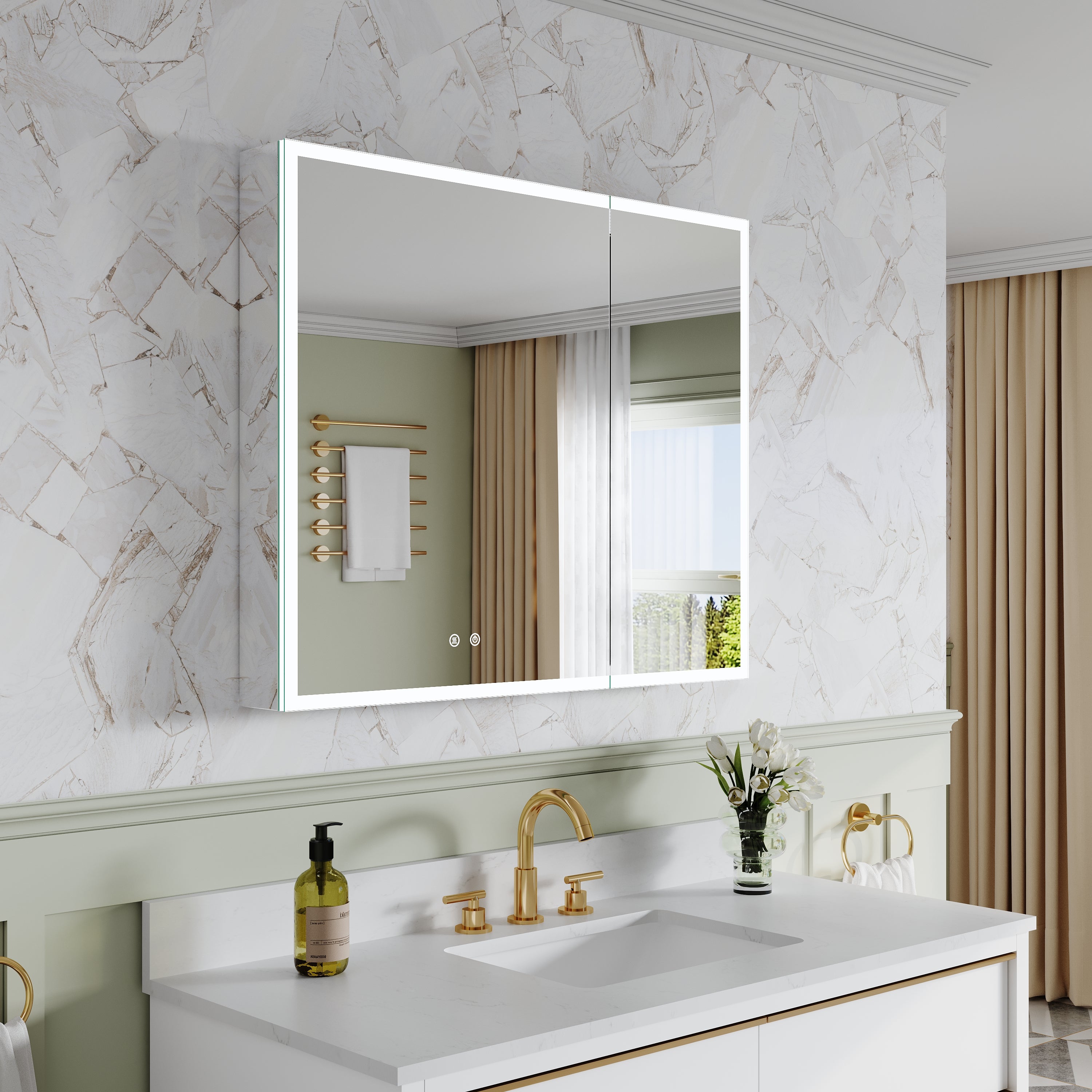
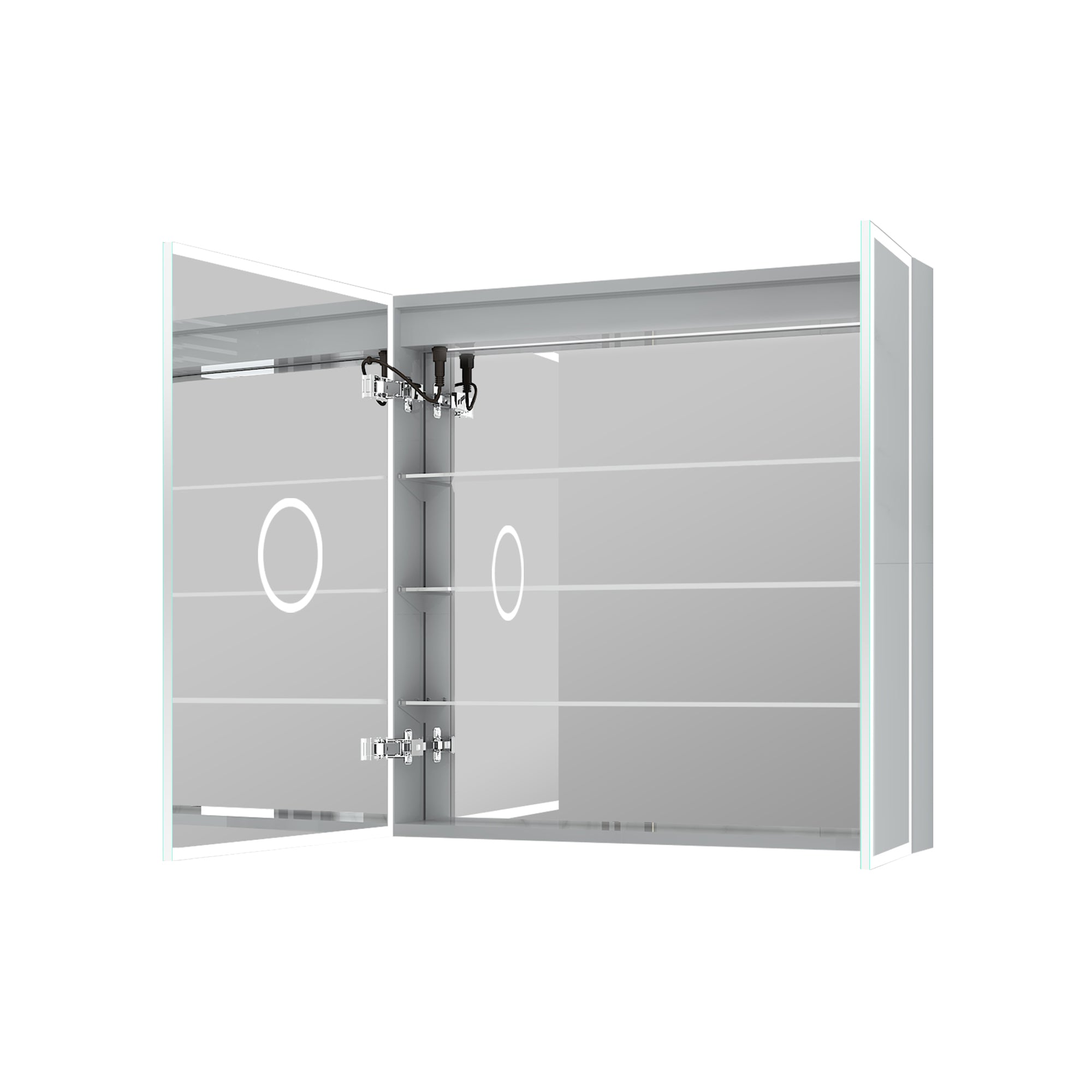
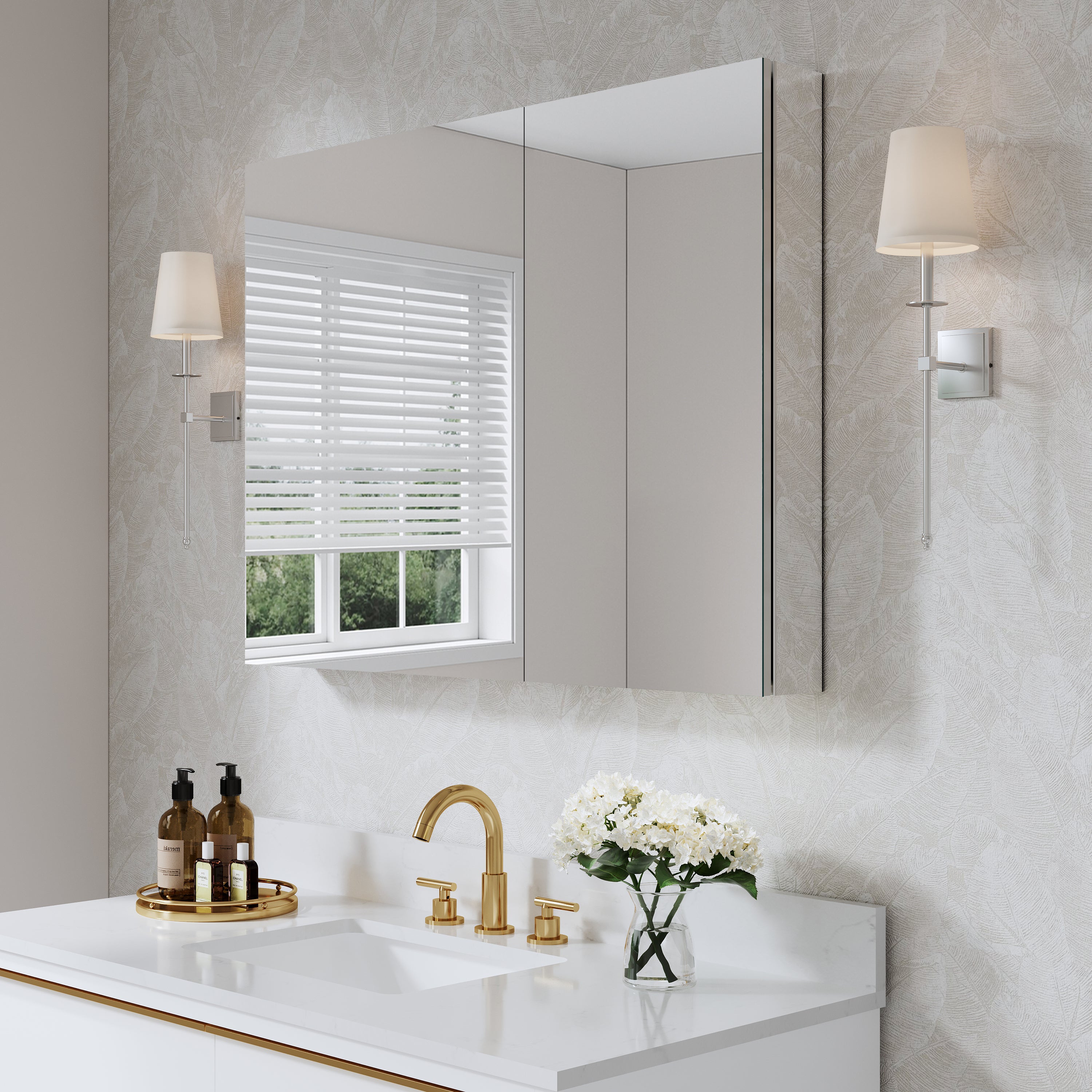

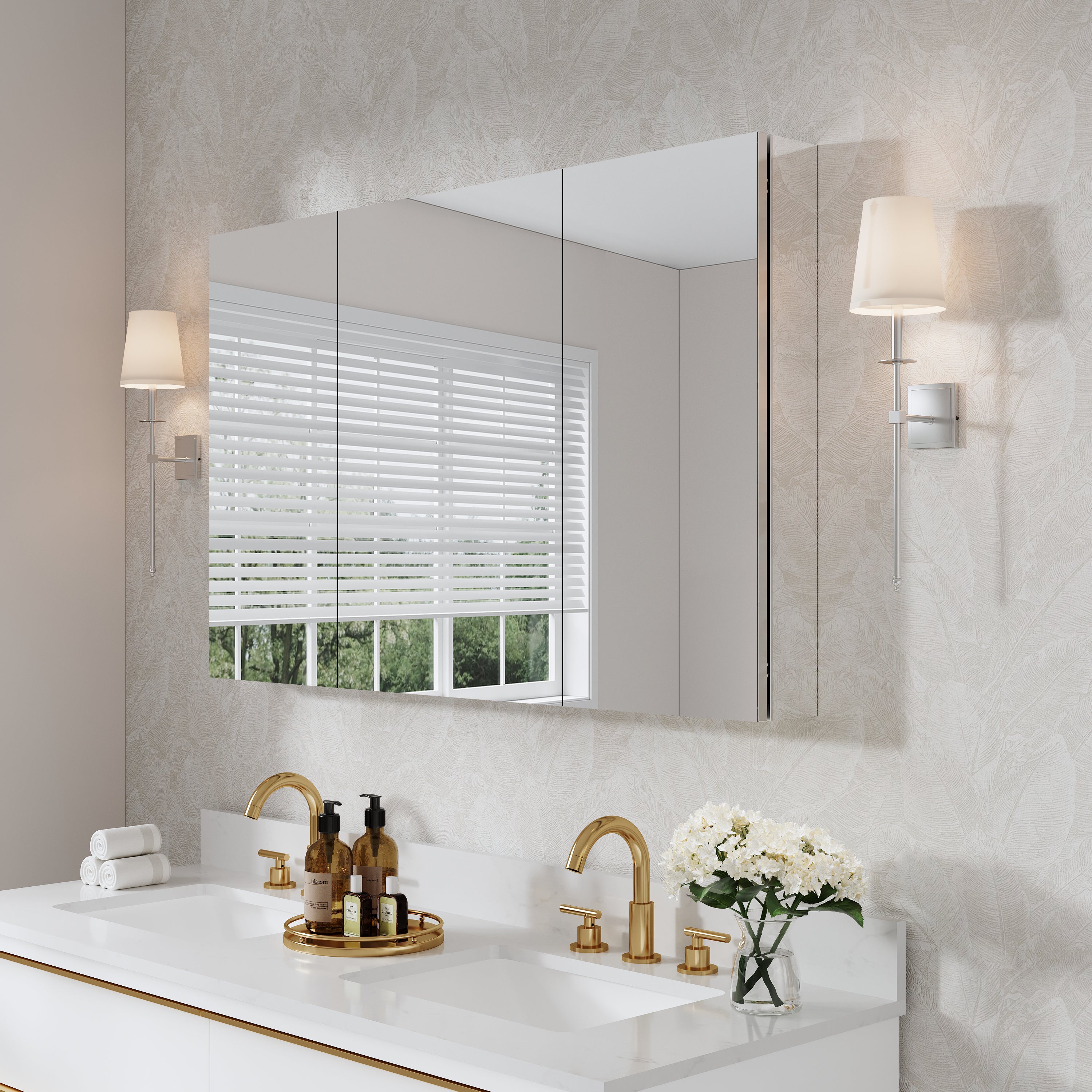
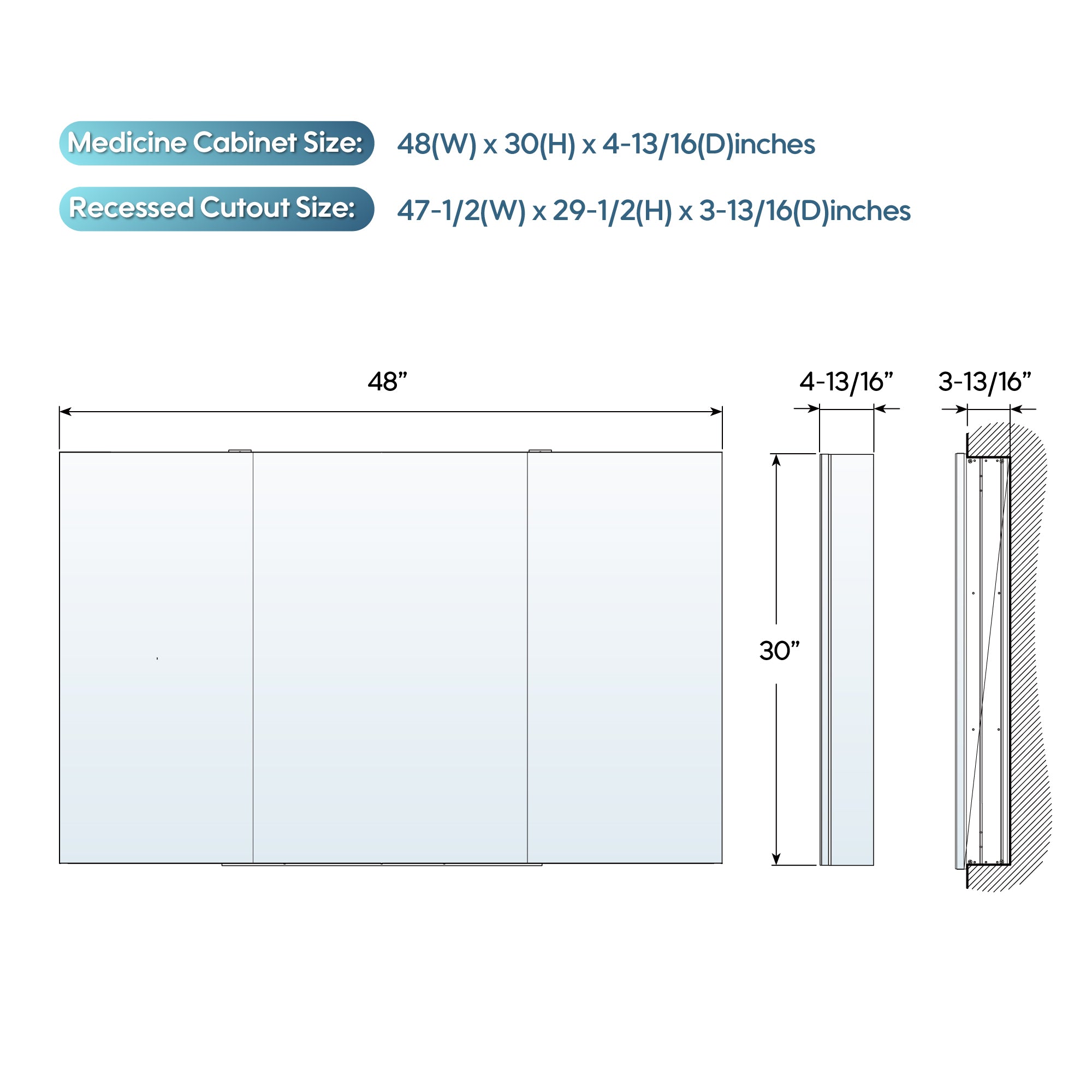

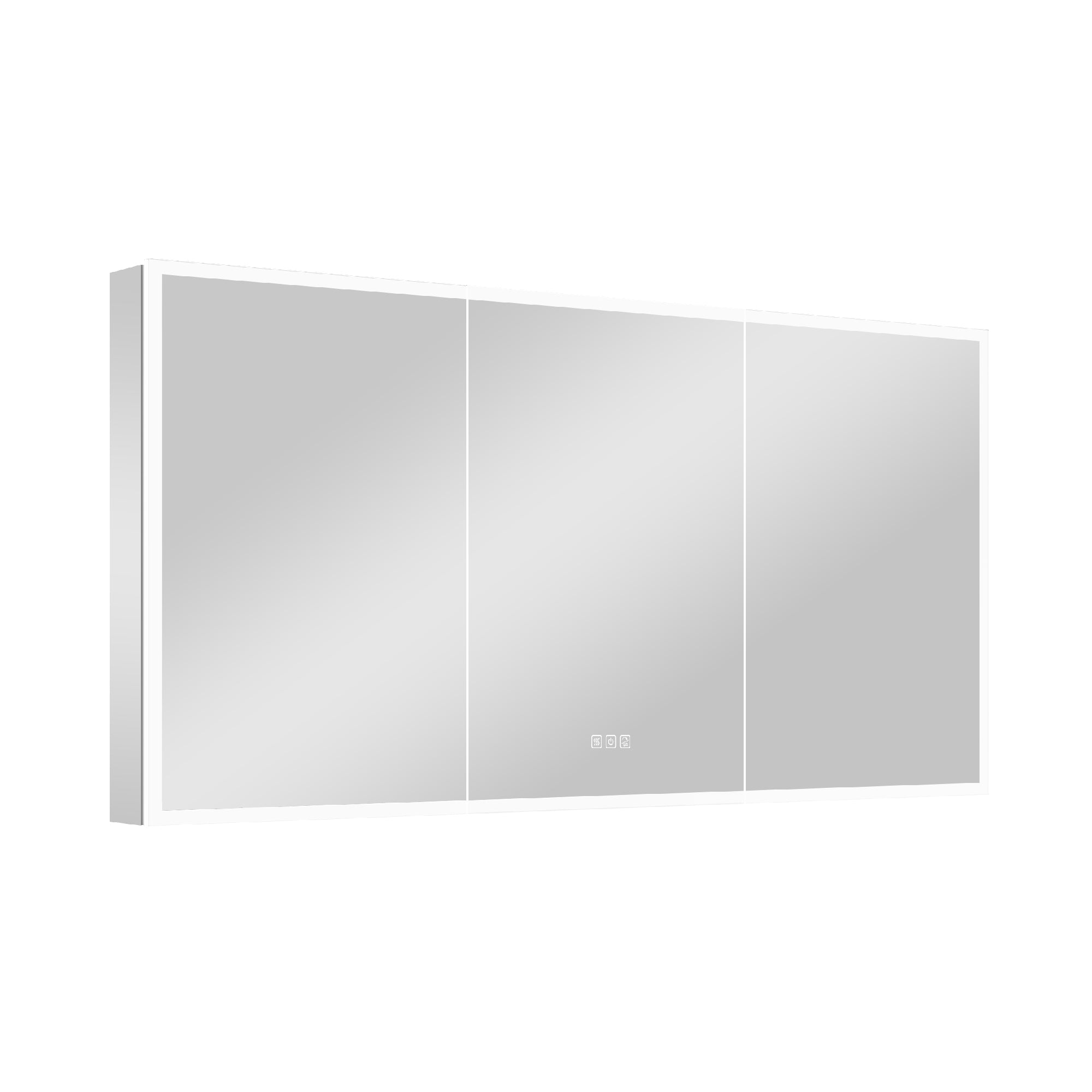
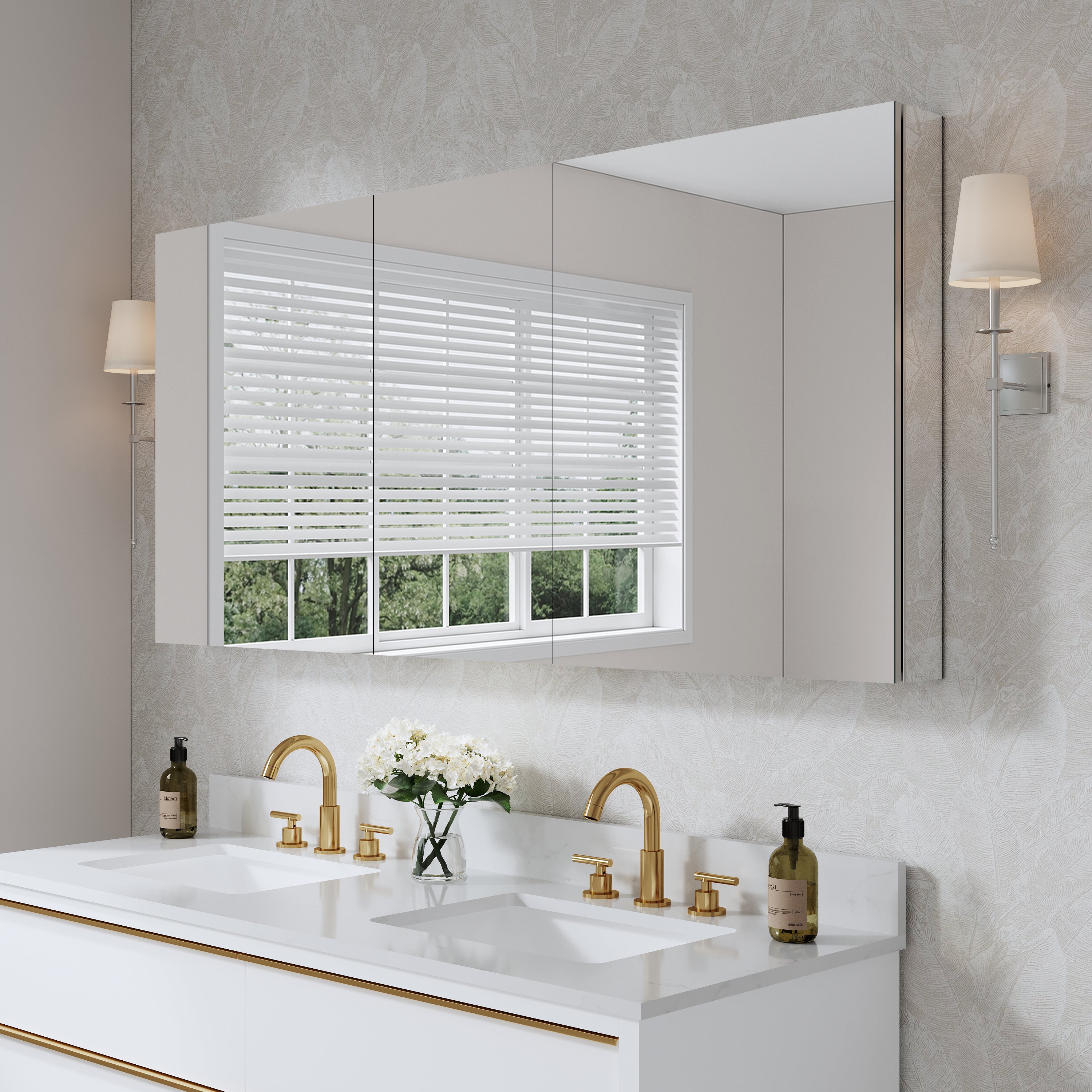




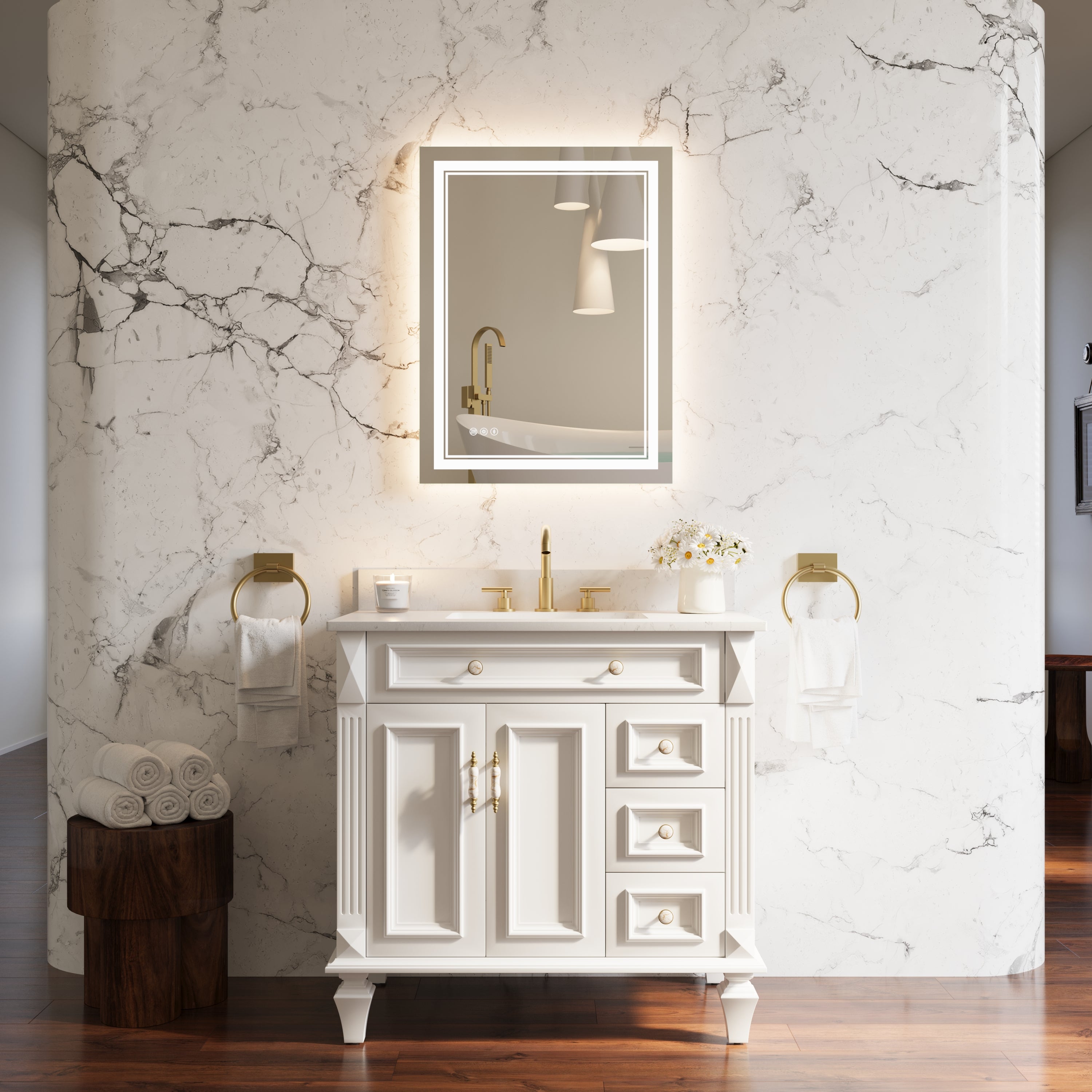
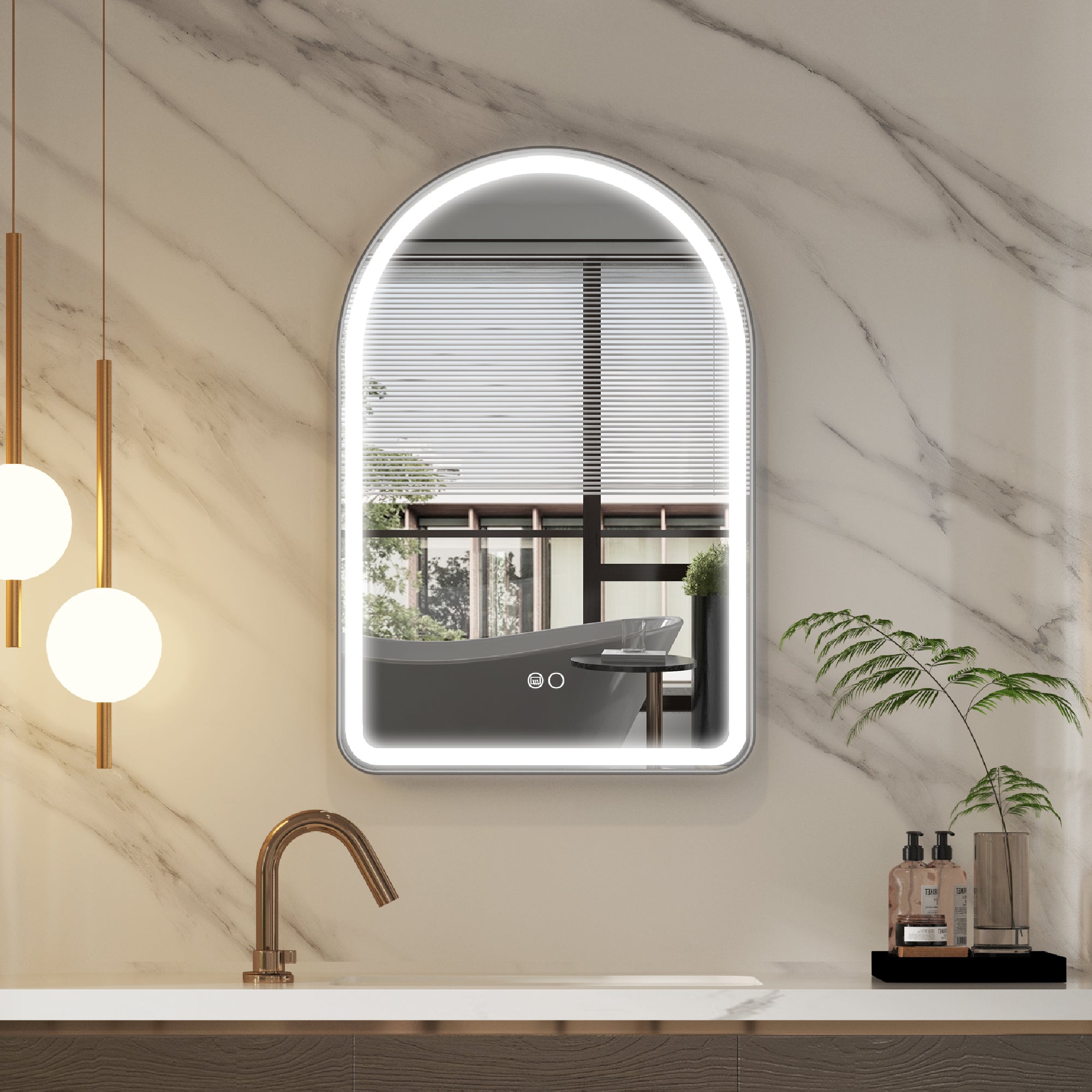
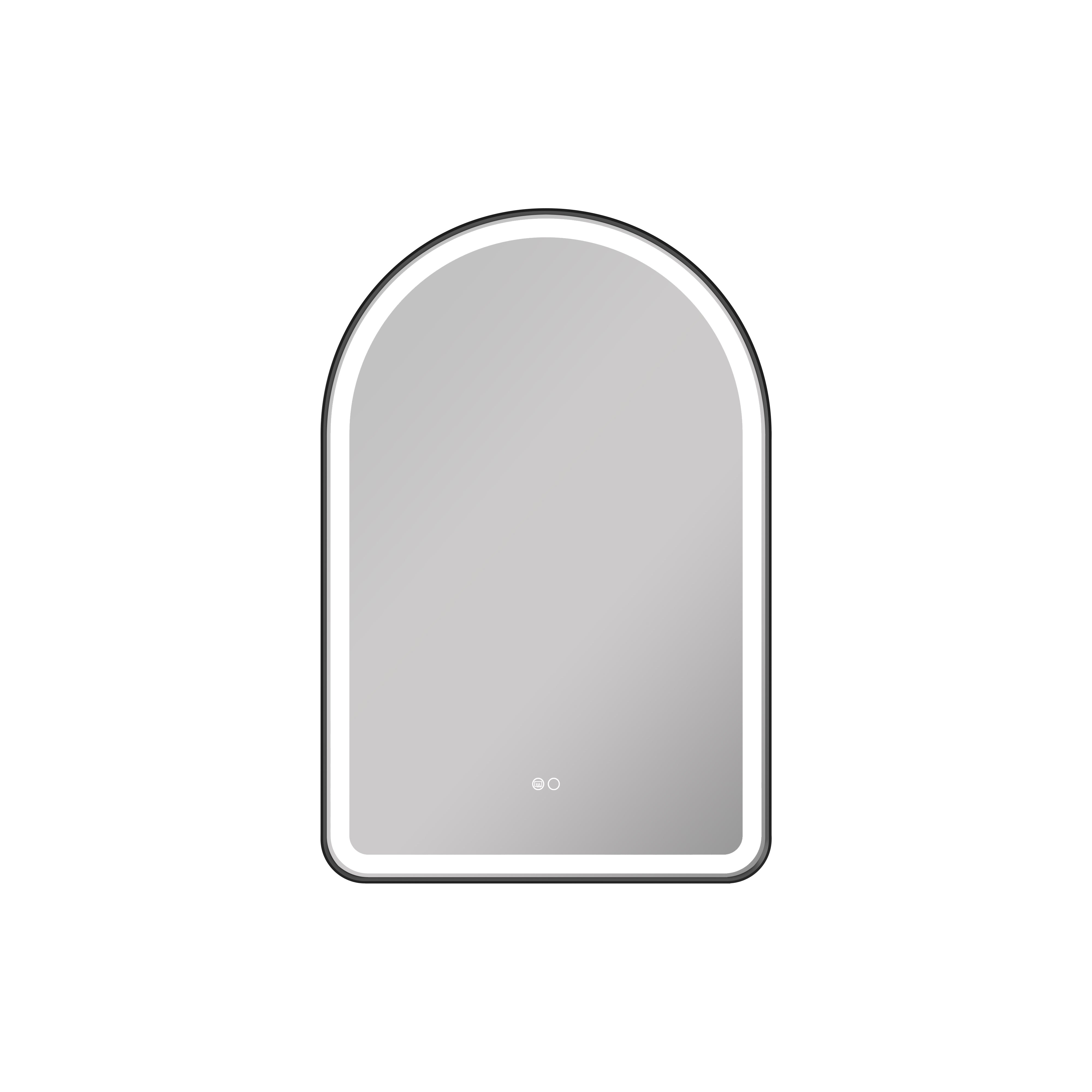

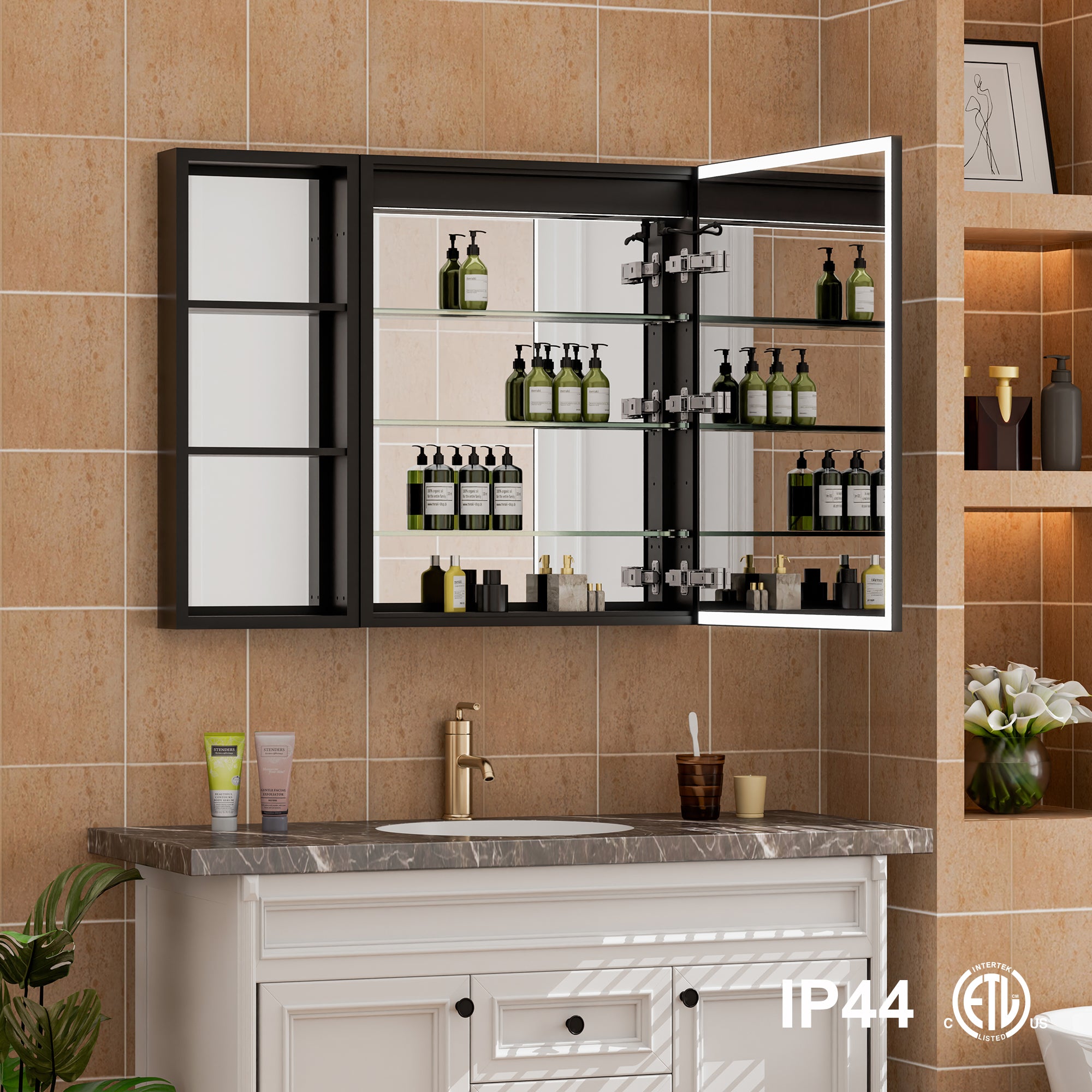
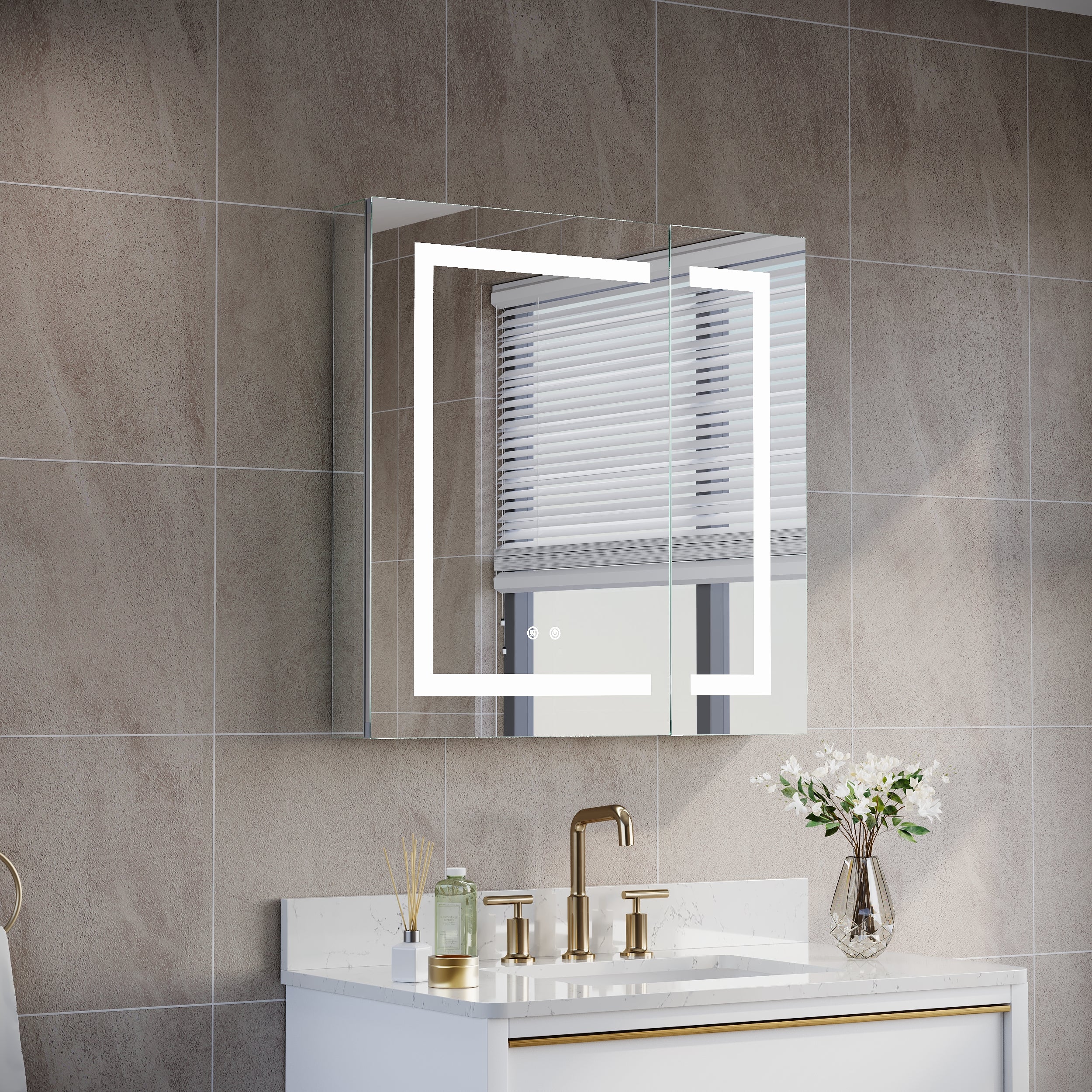
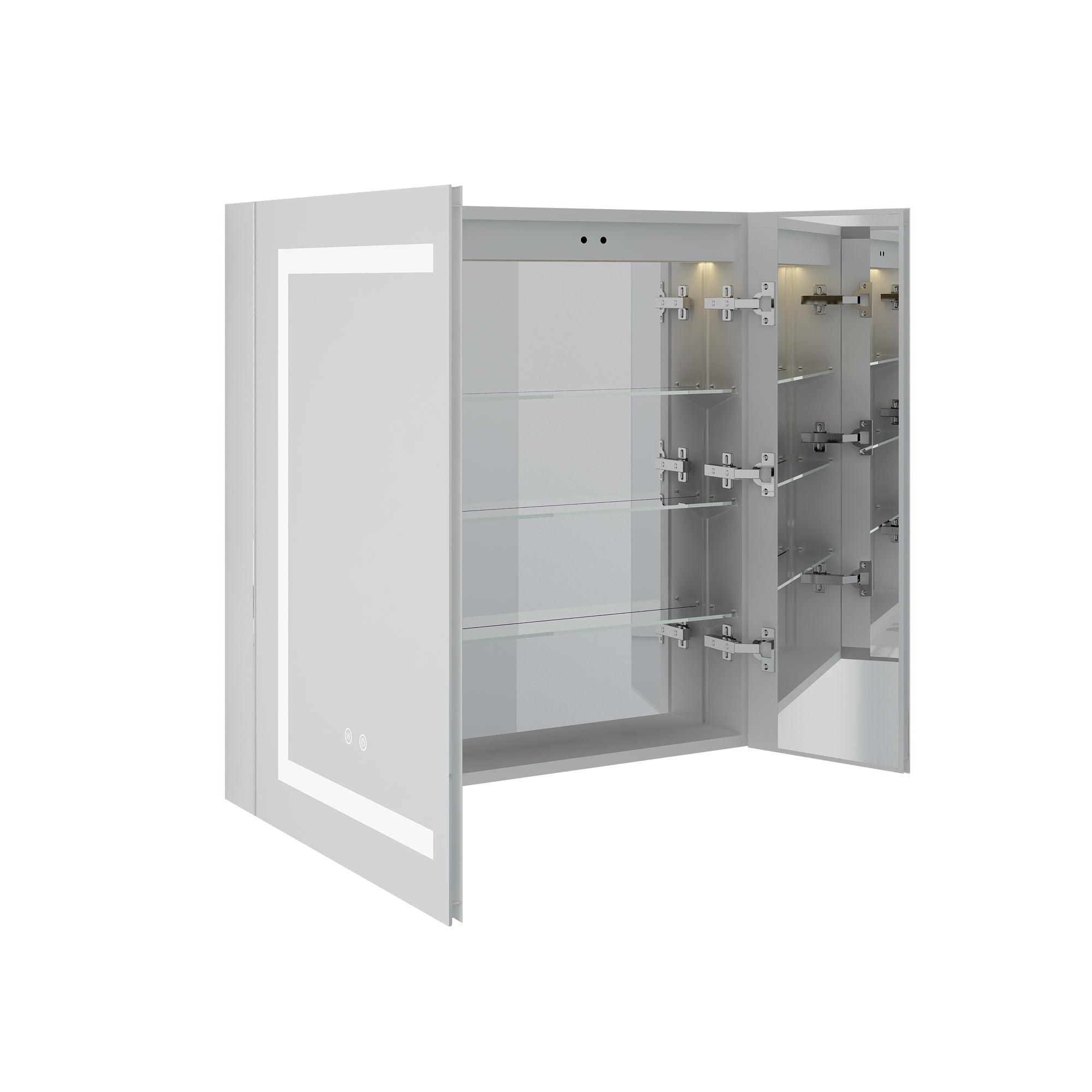
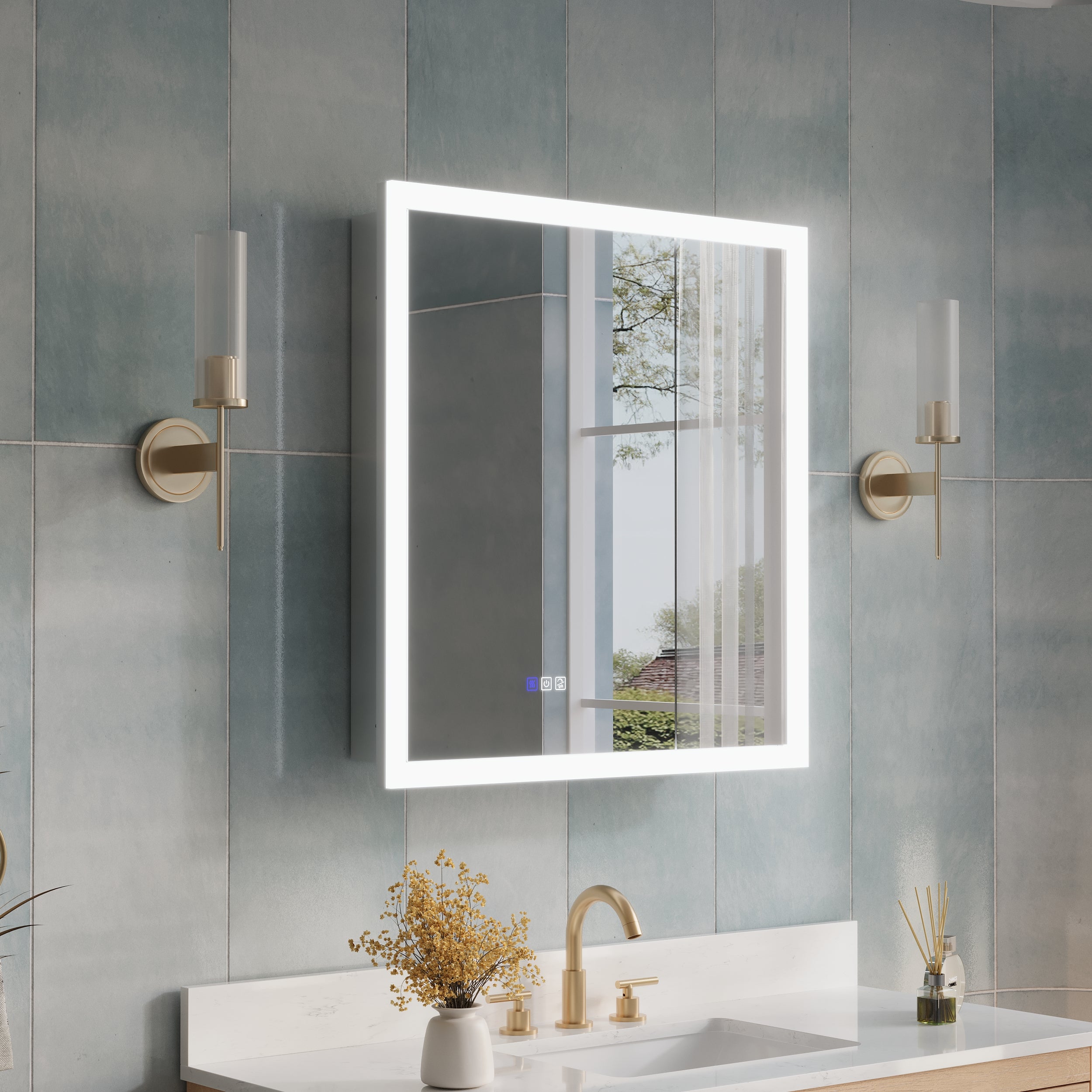
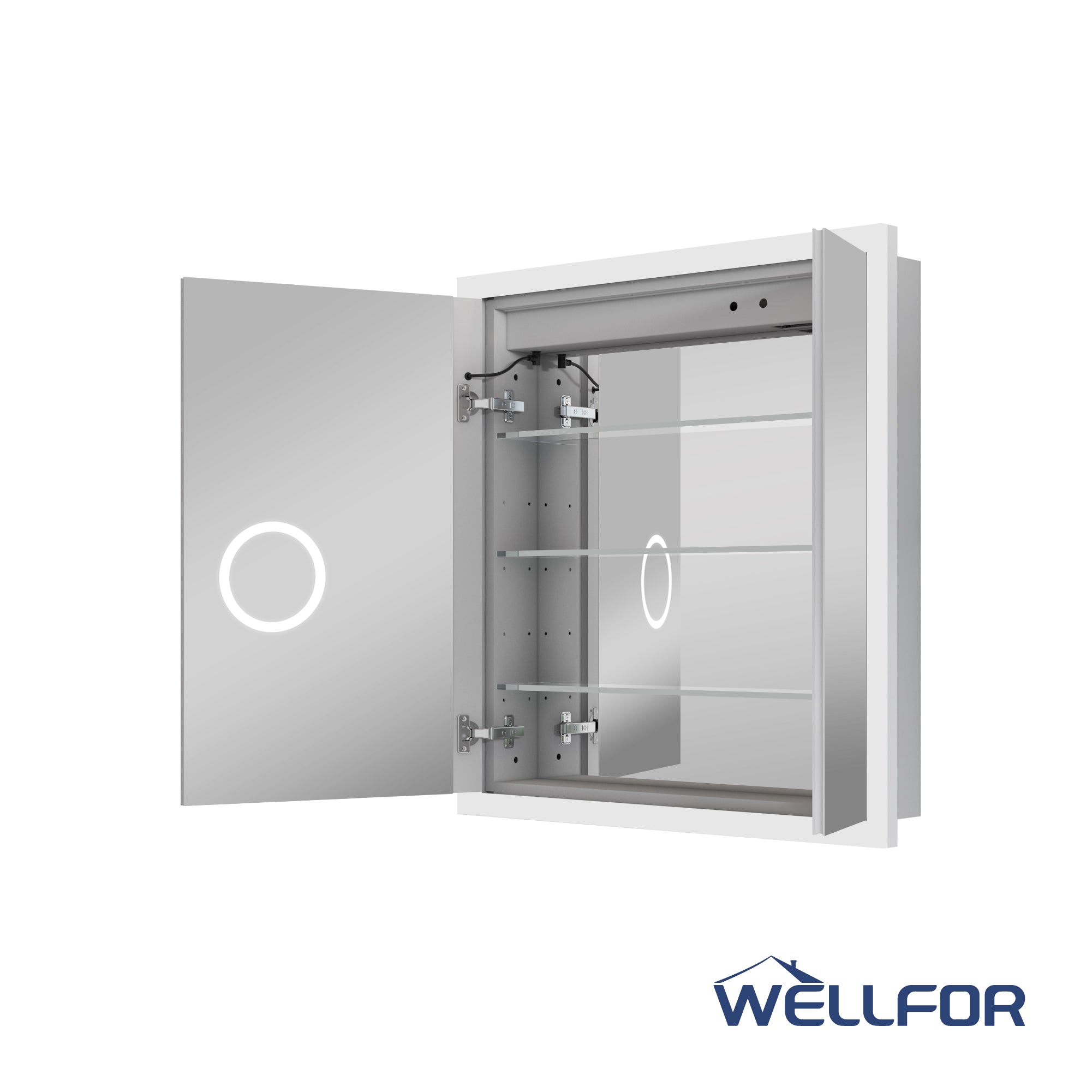
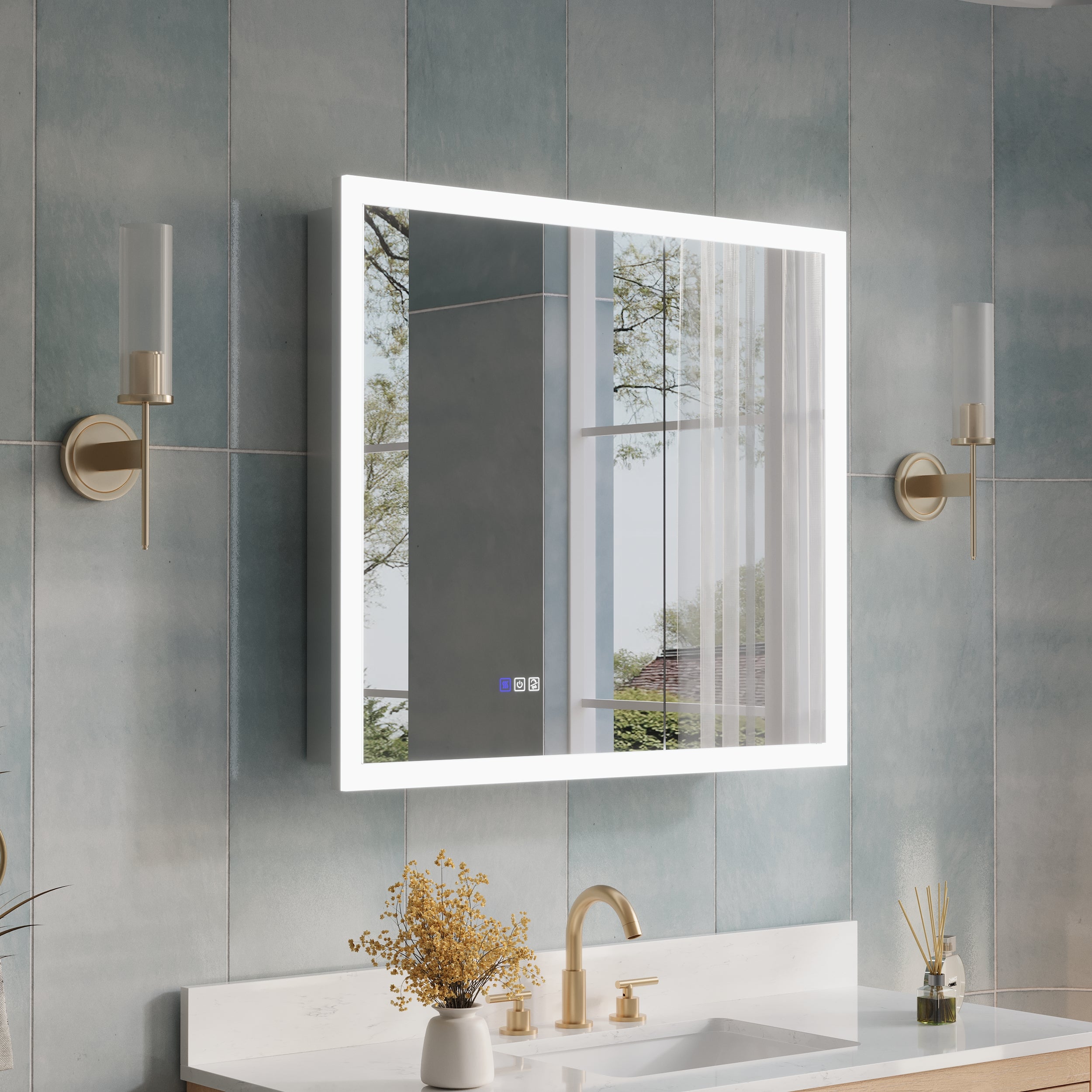

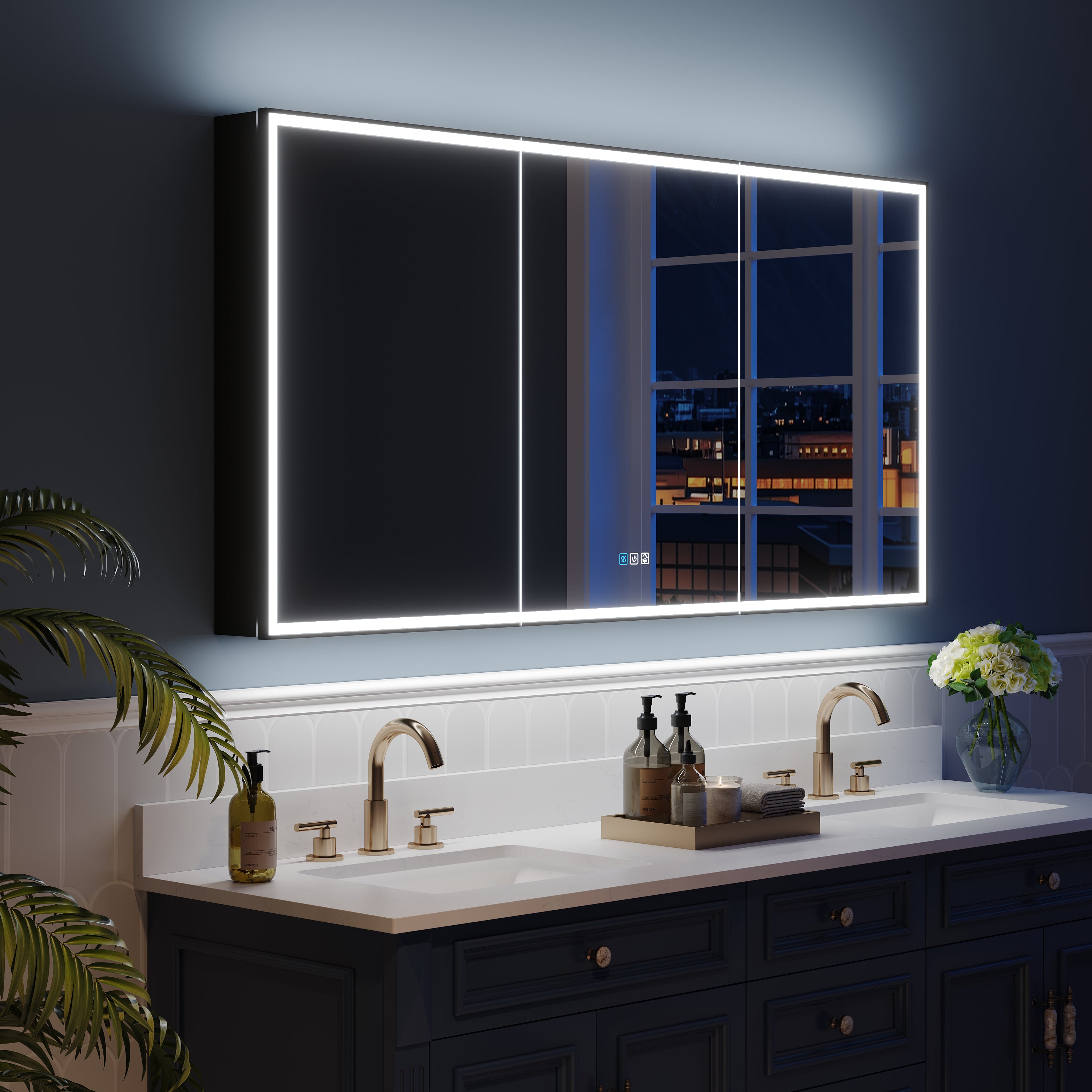
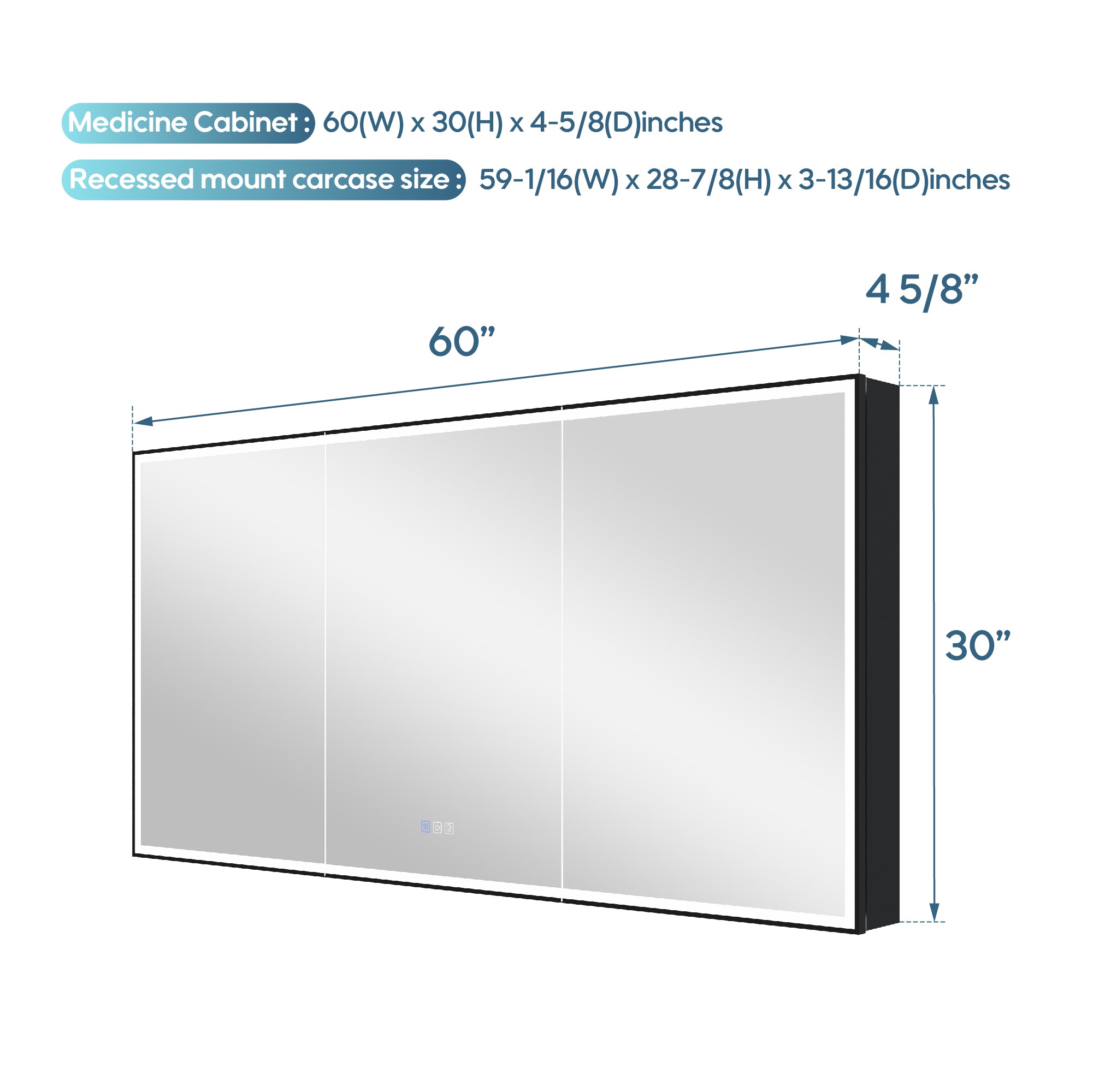
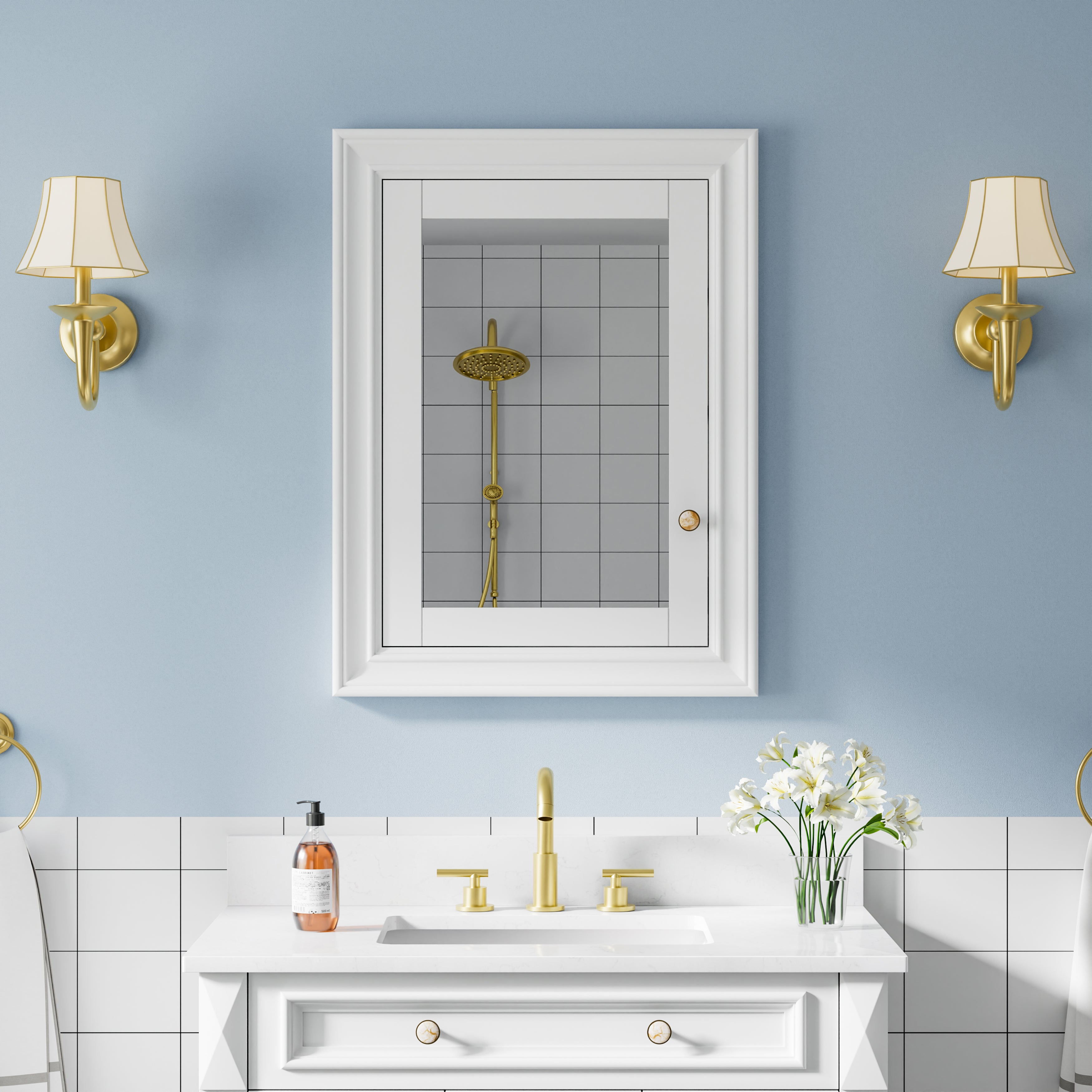


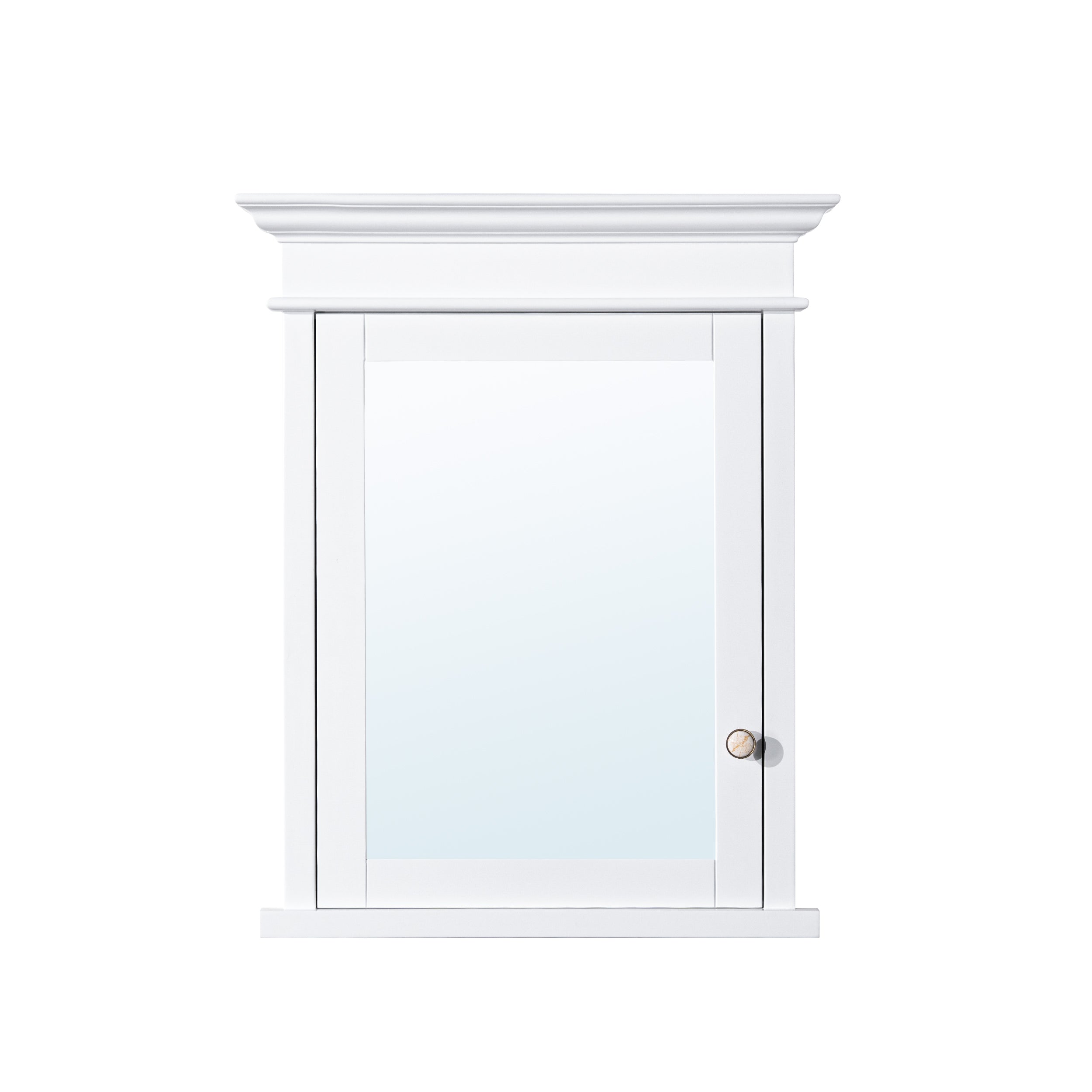

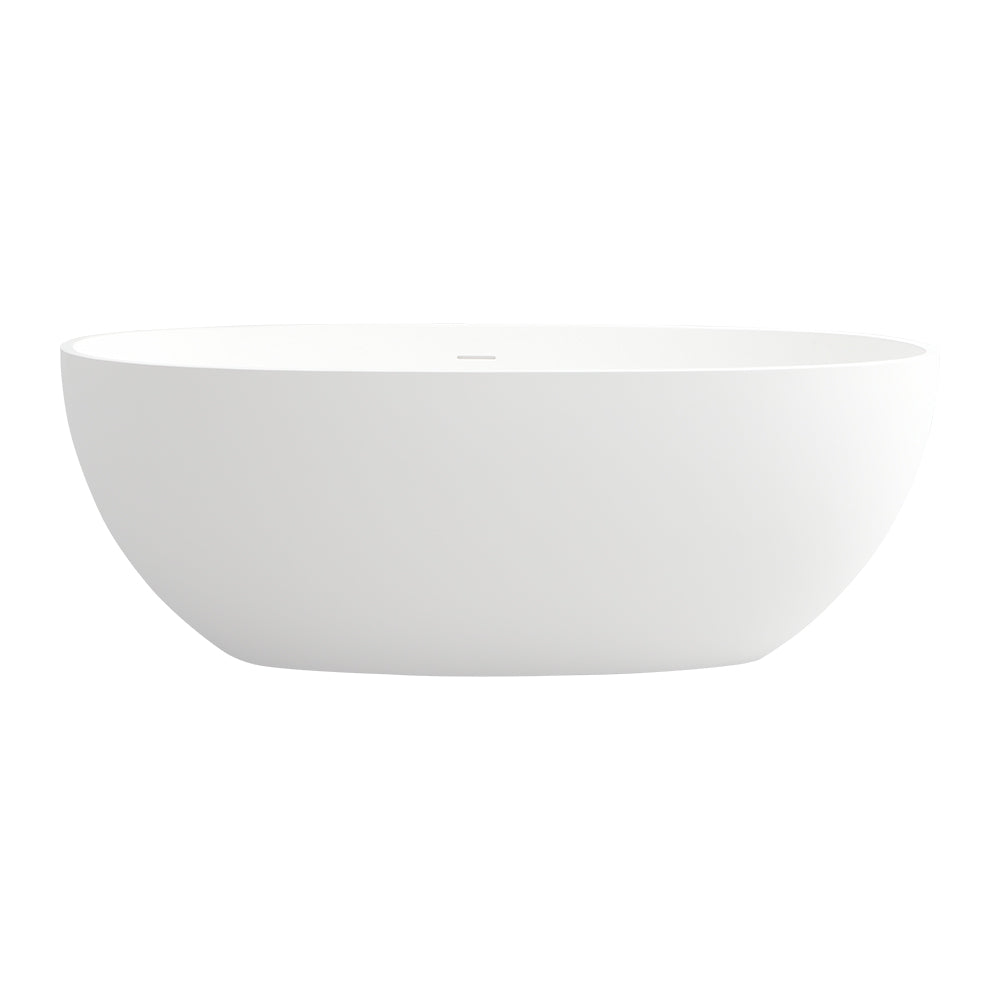


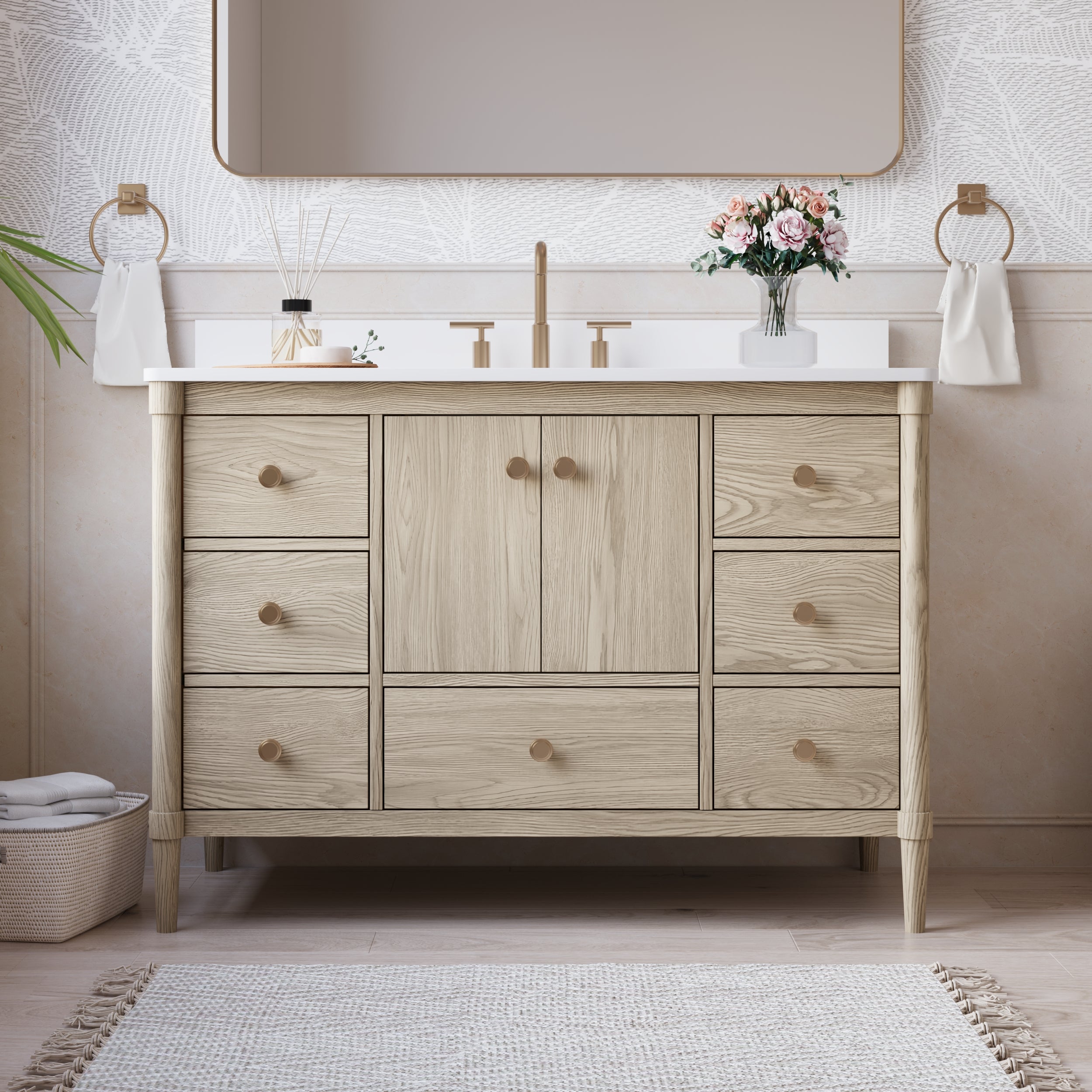
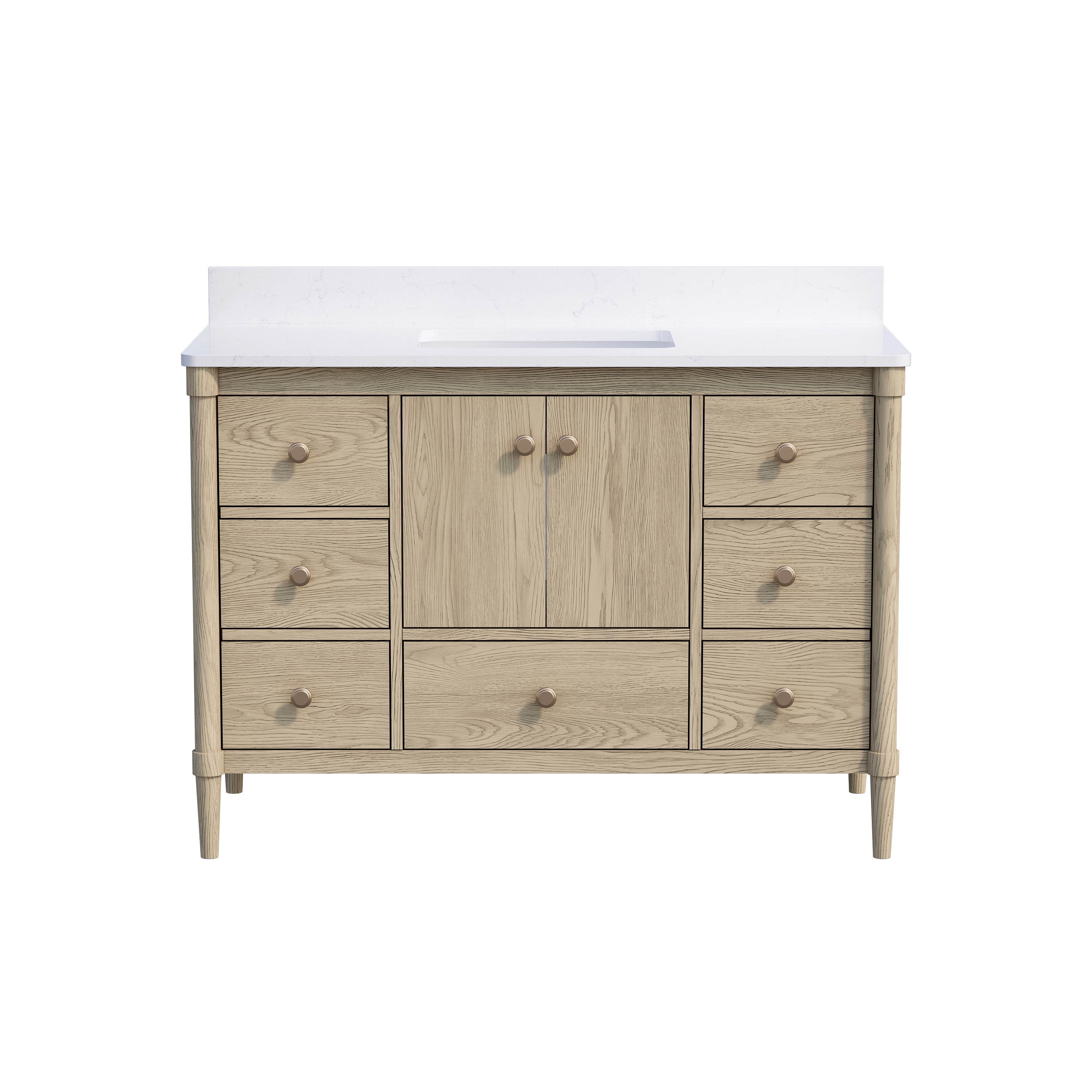
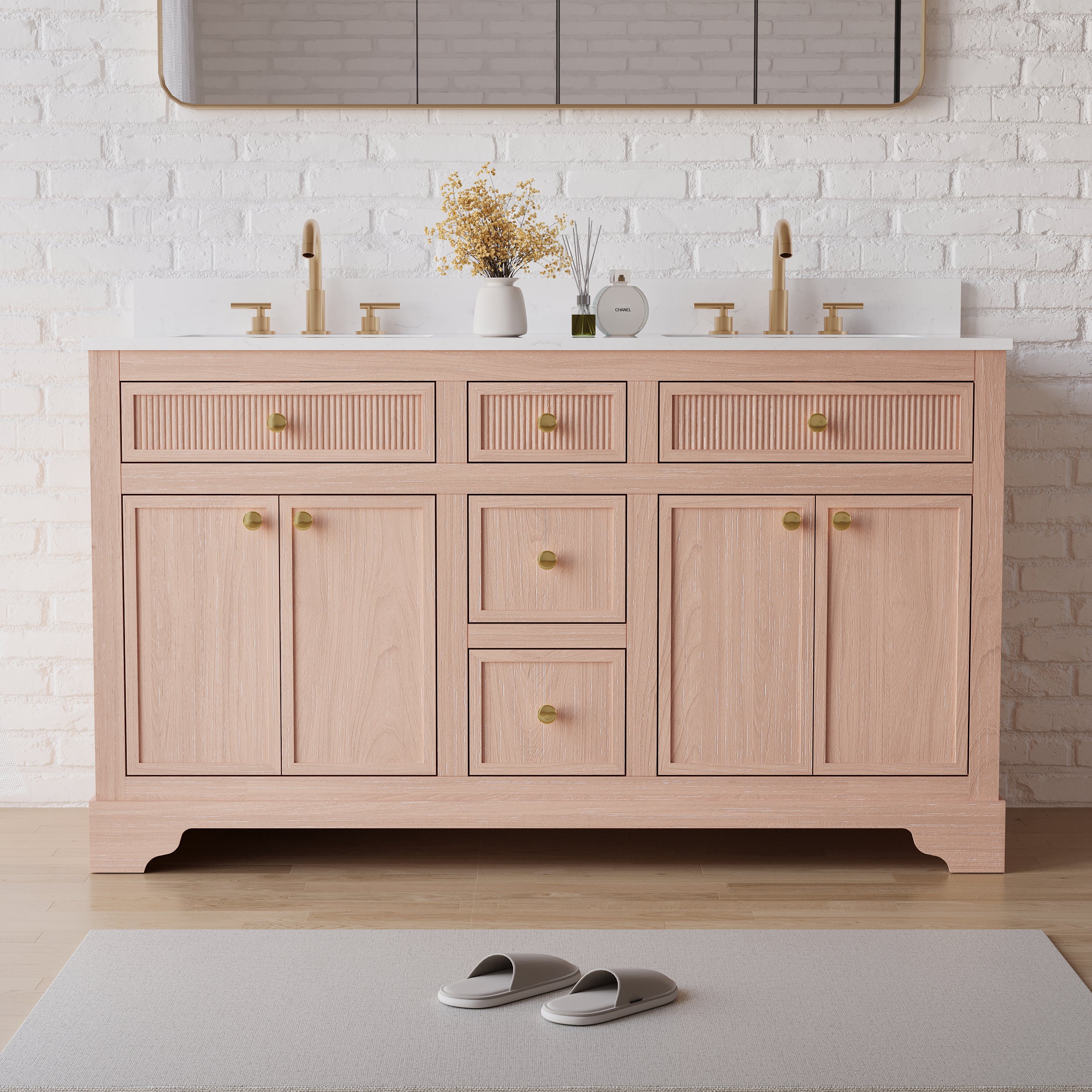



Leave a comment
This site is protected by hCaptcha and the hCaptcha Privacy Policy and Terms of Service apply.